6 Vision Enhancement Devices You Need to See
Table of contents
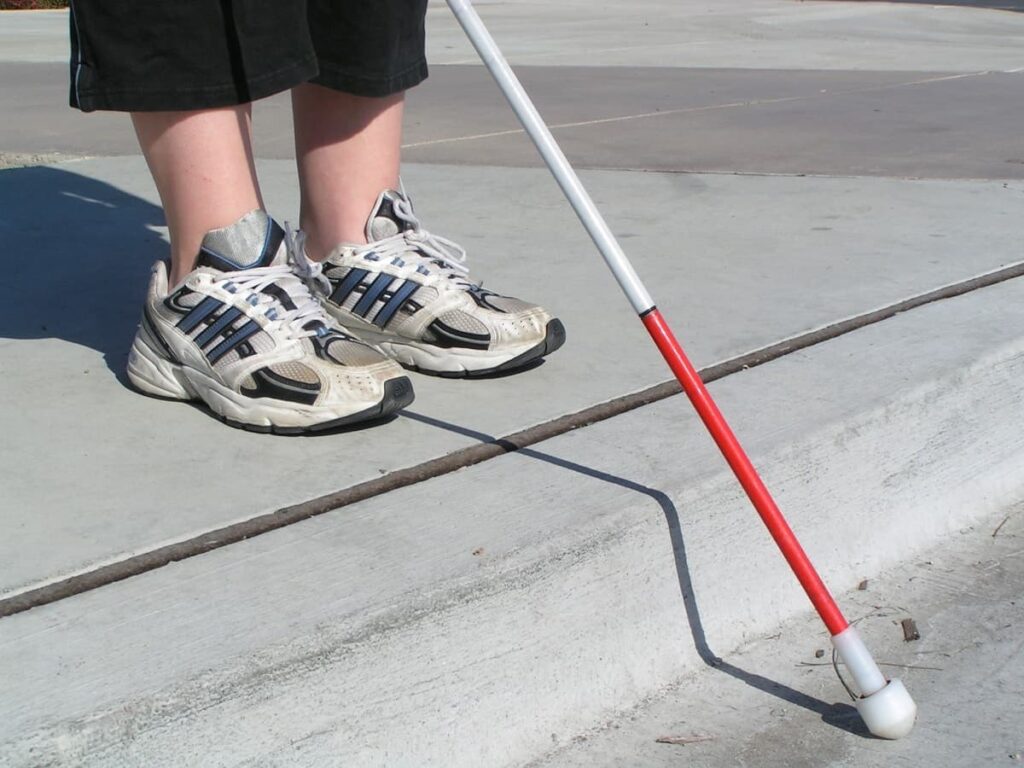
The number of visually impaired people in this world amounts to 342 million (more than the entire population of the United States), a number that is shared by both ends of life, the young and the old. Of this number, 23.7 million are U.S. adults experiencing some sort of vision loss. Among those visually impaired, 70% are unemployed and are 3 times more likely to end up in long term care, all because their vision is compromised. A number of startups are developing vision enhancement devices that use technologies like artificial intelligence (AI) and augmented reality to provide the masses with an alternative to deteriorating eyesight and blindness. Here are 6 examples.
Vision Enhancement Using Audio
In 2010, Israeli startup OrCam was founded by Amnon Shashua and CEO Ziv Aviram. If those names ring a bell, it’s because this duo founded Mobileye, a company that was recently bought for 15.3 billion by Intel (NASDAQ:INTC), making this the highest-paid buyout for an Israeli company to date. Just this month, OrCam received a funding round of $41 million bringing their total funding to $56 million and giving this tech startup a $600 million valuation. Shashua told Reuters in a recent interview, “By the end of 2018 the profit of the company will be at such a level, that it’s good enough for an IPO.”
OrCam is an innovative tech startup specializing in artificial vision specifically through a groundbreaking device referred to as MyEye. The OrCam MyEye is intelligent, portable, intuitive and simply attaches to one’s glasses. The visually impaired or those with a simple reading problem can “see” text, identify objects, even provide facial and product recognition (remember Blippar?). This is communicated to the wearer through a discreet earbud, which tells you what it is you are having difficulty seeing.
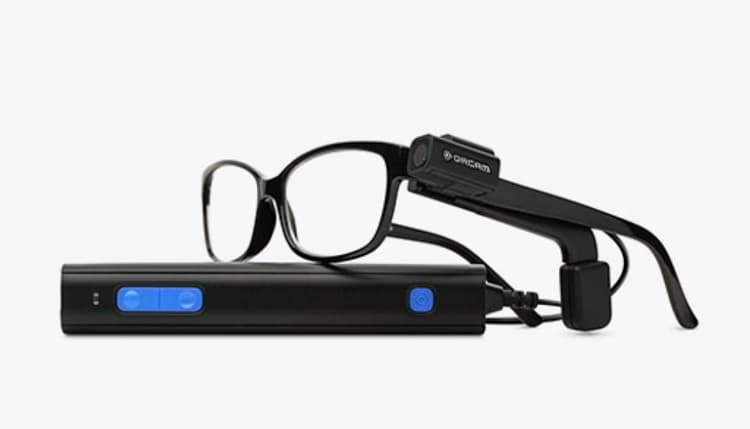
The device can be controlled with a point of a finger or by simply pressing a button. MyEye only speaks and reads the English language but there is a version available in Hebrew. In the future there are plans to expand to multiple regions in the appropriate languages.
How does MyEye work? The miniature camera attached to the frame utilizes optical character recognition (OCR) which is basically software that converts a scanned image into text or audio, in this case, audio. MyEye comes with a hefty $3,500 price tag and a user-friendly interface. Weighing in at 5.5 ounces and fitting in the palm of your hand, MyEye is designed to fit in your pants’ pocket. Since there is no Bluetooth capability or wireless feature (coming soon), the device boasts a 32-inch cable connecting the processor to the “eye” that connects to your glasses. Battery life is said to be 4.5 hours of continuous use and recharged via a USB cord in 4 hours. It can be charged in the car, on your computer or via a standard outlet.
Vision Enhancement General
Founded in 2006, Canadian startup Esight has taken in $6.95 million so far in funding. Remember the blind guy in Star Trek? He wore a visor over his eyes allowing him to see. That TV prop of yesterday has become real technology today. Esight’s latest pair of smart glasses, coined Esight 3, uses a high-speed camera that captures the world around you in high definition using algorithms to enhance the video feed. In front of the user’s eyes are two organic light-emitting diode (OLED) screens. OLED and LED are two very different animals. OLEDs are more expensive since they provide a very clear, vibrant image because the pixels themselves are providing the light rather than a “back light” behind the screen. These vision enhancement devices even look like something out of Star Trek as seen below:
Esight 3 provides the user with auto focus creating a seamless transition between long and short distances. Hands-free and with no point of a finger, the user’s peripheral vision is maximized along with their central field of vision. With Bluetooth and Wi-Fi capabilities, these futuristic glasses are light and supposedly comfortable. The results from a clinical trial demonstrating the efficacy of Esight 3 are to be published this year. When they are released, you should be able to purchase a pair of these smart glasses for just $9,995.
Founded in 2014, London startup GiveVision has raised $647,600 in funding so far to bring their SightPlus “sight enhancement kit” to market. With tests being conducted with real patients over the last several years, SightPlus is a vision aid that acts as a sort of augmented reality device and works by focusing the light into the parts of the eye that are not as severely impacted by sight impairments (specifically in the case of macular degeneration). It doesn’t utilize your smartphone, but rather comes as a complete kit formed of a headset (that testers select), the phone installed and a remote control. You don’t have to do anything except pressing a button to switch on the device. GiveVision received rave reviews at WIRED Health 2017, where they demonstrated the below product:
If you’d like to learn more about the product, there’s a 10-minute video you can watch on this link. SightPlus VR is already available in the UK with current customers ranging in age from 9 to 86 years old.
NuEyes was a company we briefly mentioned in our article on Osterhout Design Group (ODG). Founded in 2016 with an undisclosed amount of funding, Nueyes has partnered with ODG to tackle vision impairment with augmented reality using the ODG smart glass product referred to as “R-7”. Their first product, the NuEyes Easy, is available now with a price tag of $5,995. The product offers features such as variable magnification from 1x – 12x, in-depth contrast and color settings, text-to-speech, and media streaming. Their newest product, NuEyes Pro, is set to be released this summer for a price of $6,195. Newest features added include email, social media applications, internet browser and the full functions of an android tablet including the ability to download android apps. Sorry Apple fans. A simple software upgrade to Pro will be given to those who had purchased NuEyes Easy for no additional cost to them.
Vision Enhancement Using Humans
Founded in 2015, California startup Aira (pronounced eye-rah) has taken in $3.34 million in funding so far and what they have developed is geared towards people who are completely blind. We’ve been talking about vision enhancement devices assisting the visually impaired but Aira takes it a step farther with remote assistive technology. Think “OnStar” but for the blind. Certified agents are just a double click away if at any time assistance is required. A double tap on the side of the device immediately calls a visual interpreter who has your profile and location on Google Maps via your smart glasses and through an instant feed can see your surroundings when you can’t see a thing.
Aira’s platform provides agents with an augmented reality dashboard (seen above) to help them navigate the surroundings of the blind user and uses machine learning technology from Clarifai to label what is being seen (or not seen as it were) by the blind person. They’re hiring for agents if you’re interested in what sounds like a very rewarding job. Further development is in the works to create more AR products including the future use of AR smart glasses for the agents themselves giving them a 360-degree view. Aira’s platform works on wearable devices such as Google Glass and Vuzix that can be paired with your smartphone to give you your own “seeing eye human”. There is talk of future applications where the agents wear VR goggles to be truly immersed in the blind persons world, though that would require the blind person to wear a 360-degree camera. This was certainly one of the most interesting “vision enhancement devices” we came across.
Vision Enhancement Using Implants
Founded in 1998, Second Sight (NASDAQ:EYES) was another company we highlighted before which had their first clinical trial as far back as 2002. In 2013, their bionic eye called Argus 2 received FDA approval for the purpose of restoring partial sight to people with a degenerative eye disease called Retinitis pigmentosa. In order to begin using the Argus 2 bionic eye, the patient first needs a retinal implant. This procedure takes about 4 hours under general anesthesia. The implanted device contains an antenna that picks up signals from the video camera which is placed on the glasses the patient wears. The entire system can be seen below:
Results are said to be varied. An article on Popular Science states, “it’s like watching TV on a screen with just 60 pixels–but it can supply enough information to allow people to move around without aid“. While the product sounds interesting, investors in the stock would have lost 78% in the last year alone as the stock price continues its downward slide. At some point, they need to sell this product profitably and that’s just not happening yet.
Conclusion
Is your startup doing something cool to help the visually impaired? Drop us a note and we’d love to hear about what you’re doing. It’s always refreshing to see technology being used to not just solve first world problems but to truly give people a better life.
Sign up to our newsletter to get more of our great research delivered straight to your inbox!
Nanalyze Weekly includes useful insights written by our team of underpaid MBAs, research on new disruptive technology stocks flying under the radar, and summaries of our recent research. Always 100% free.








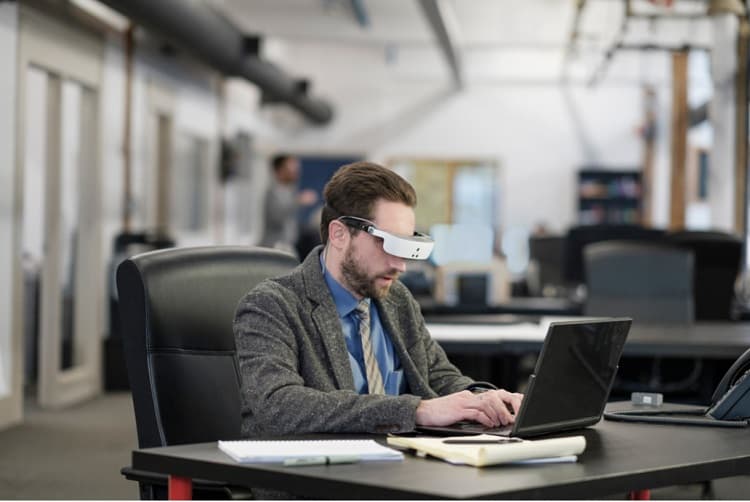
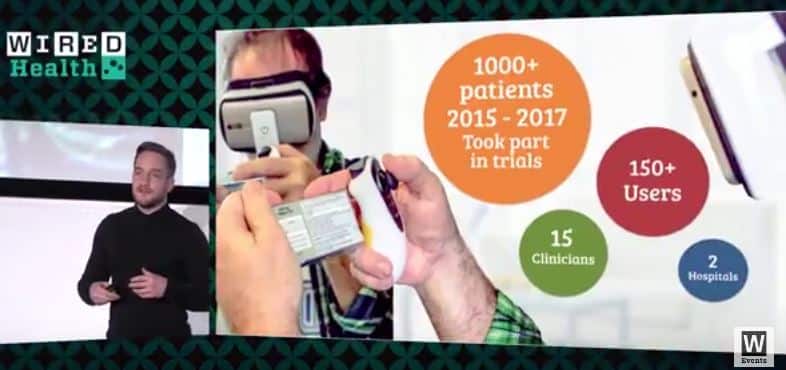
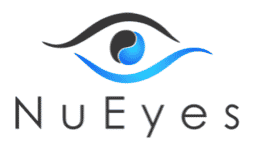
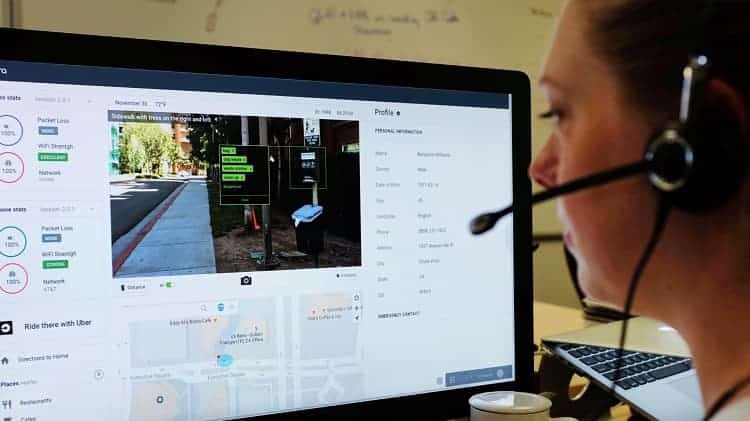
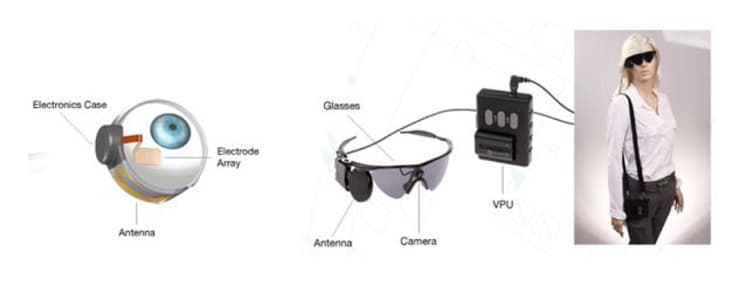

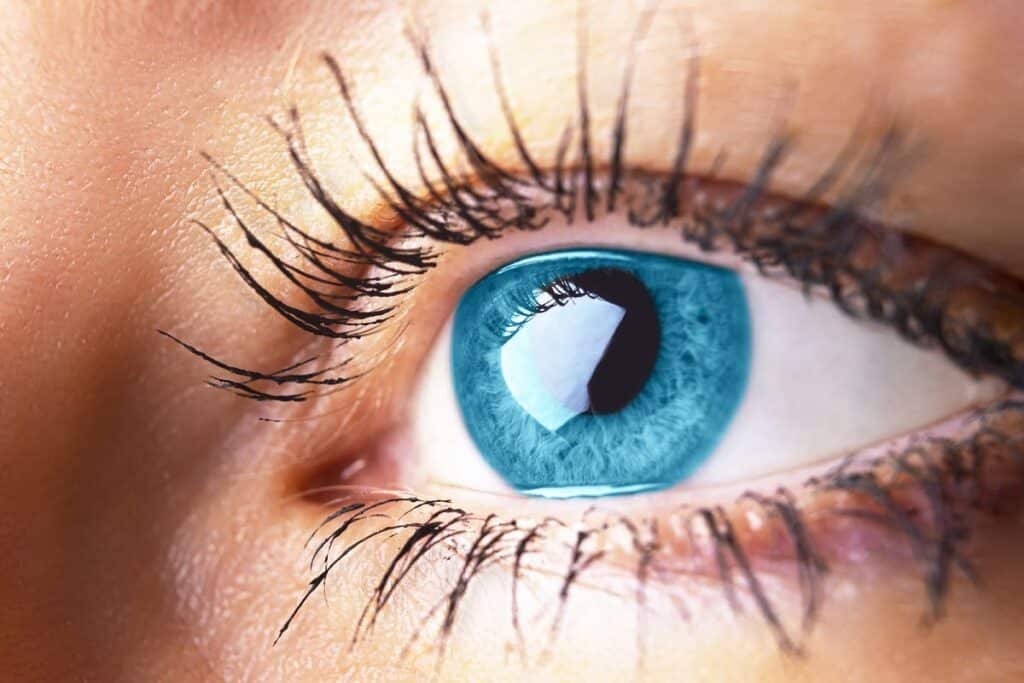

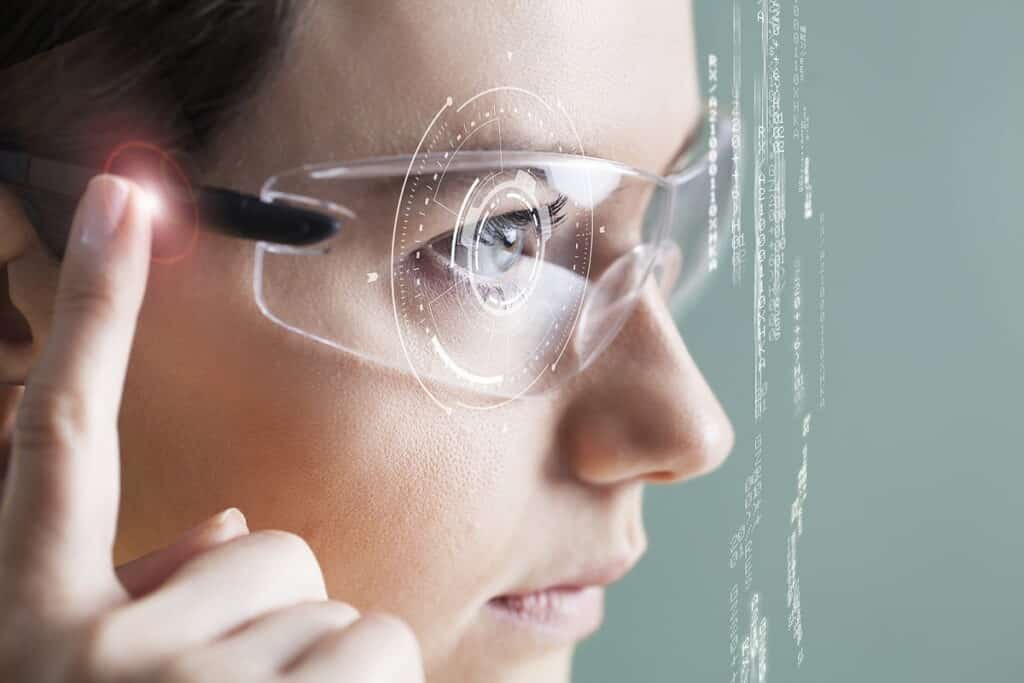




Here’s a completely blind young Filipino inventor who has created a proof of concept prototype for an AI-guided vision system for blind and low vision users:
https://www.youtube.com/watch?v=MXgW7folvps?rel=0
– He’s currently further improving his software, while his optional eyewear hardware is being developed, all through an inventor’s grant from the Department of Science and Technology of the Philippines; and
– This has been recently featured in BBC News here:
http://www.bbc.com/news/business-39069057
We have boots on the ground in the Phillipines so we might be able to come by and take a look. We’ll drop you an email.